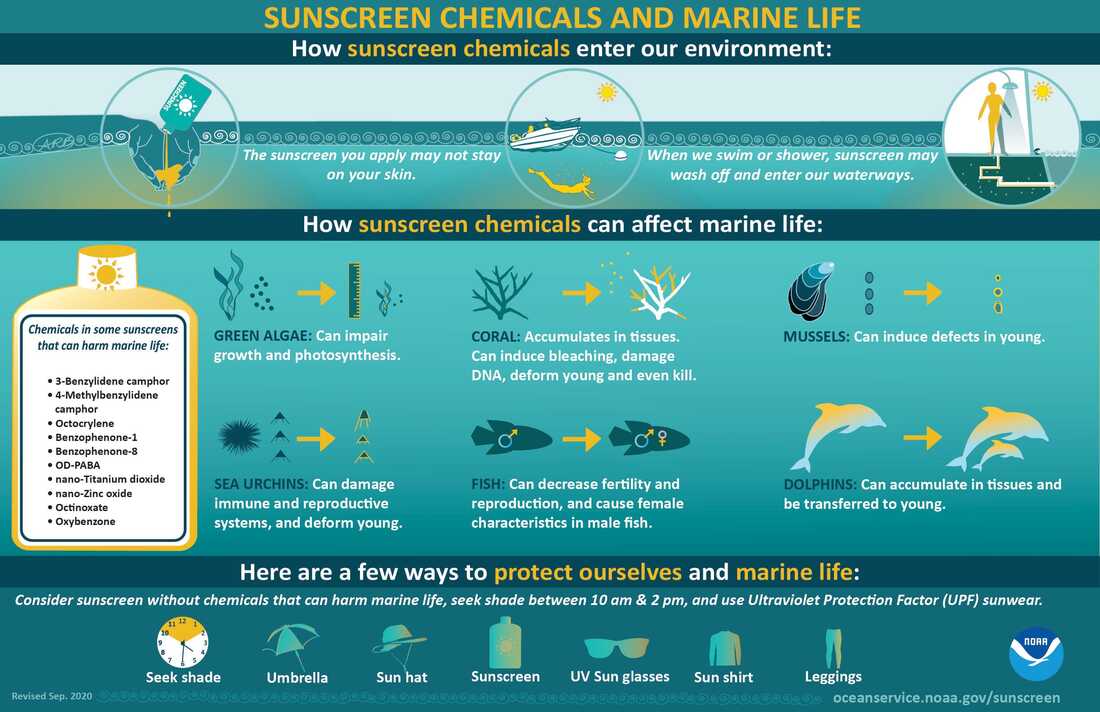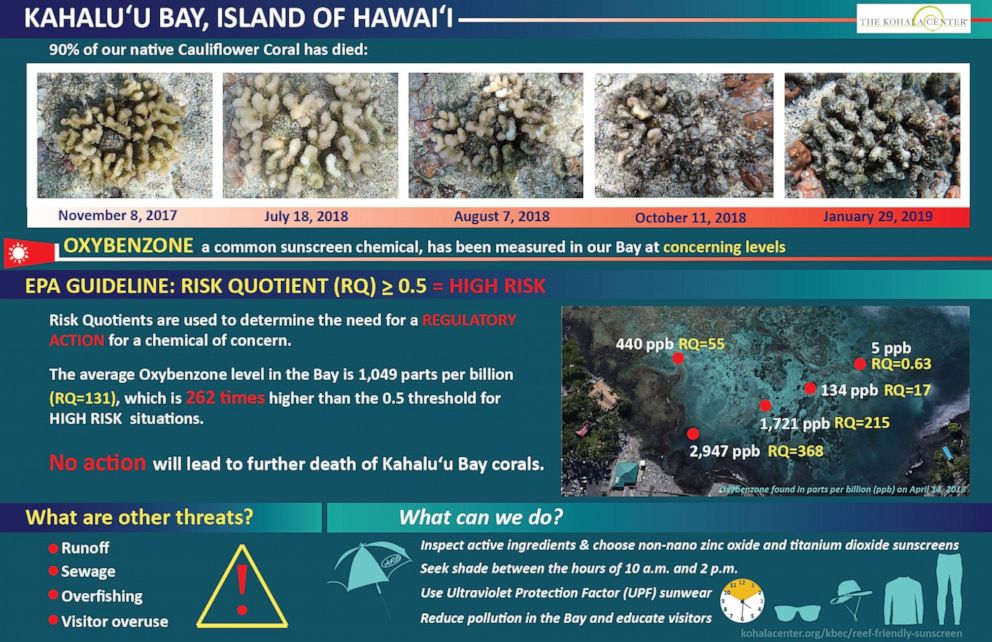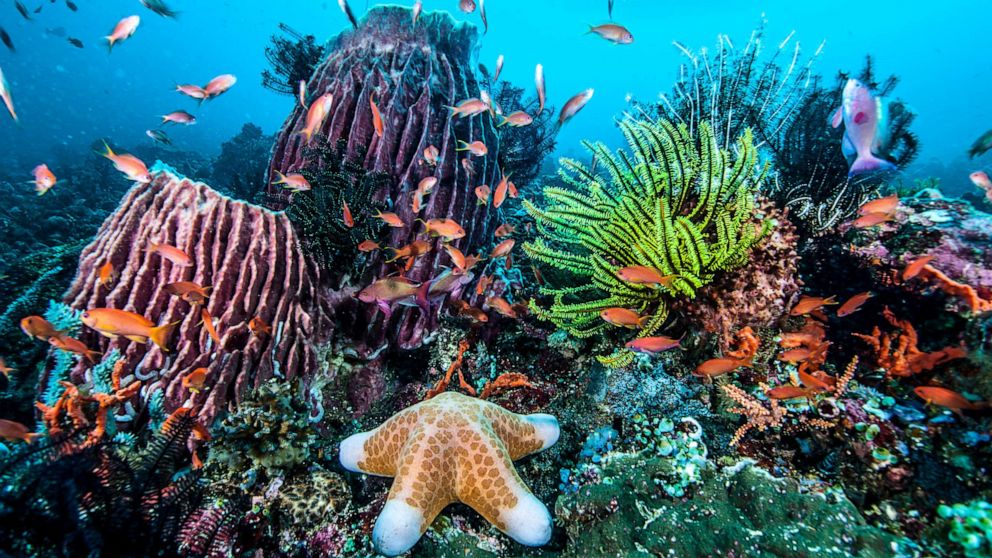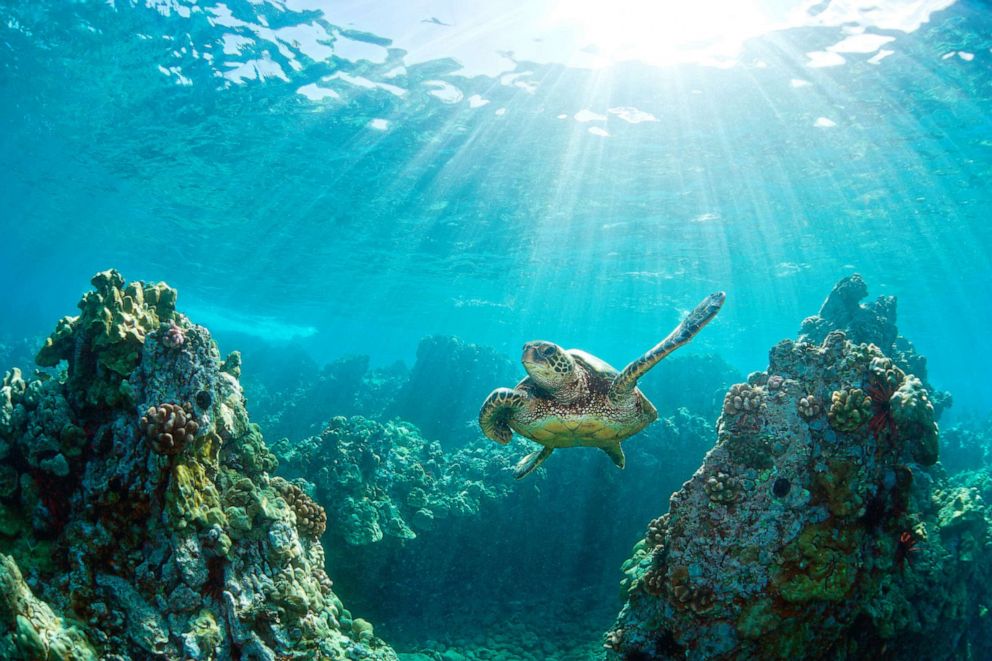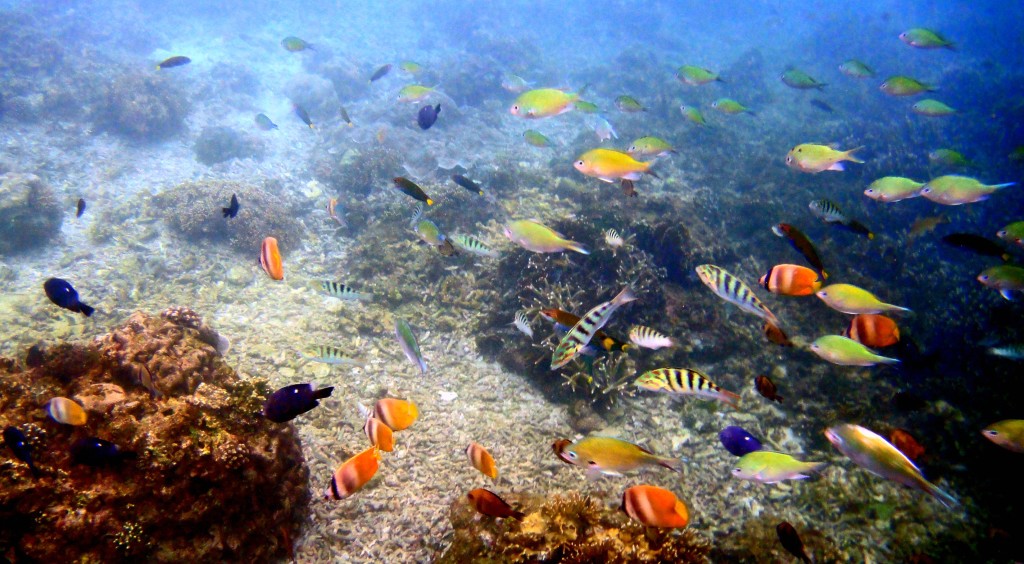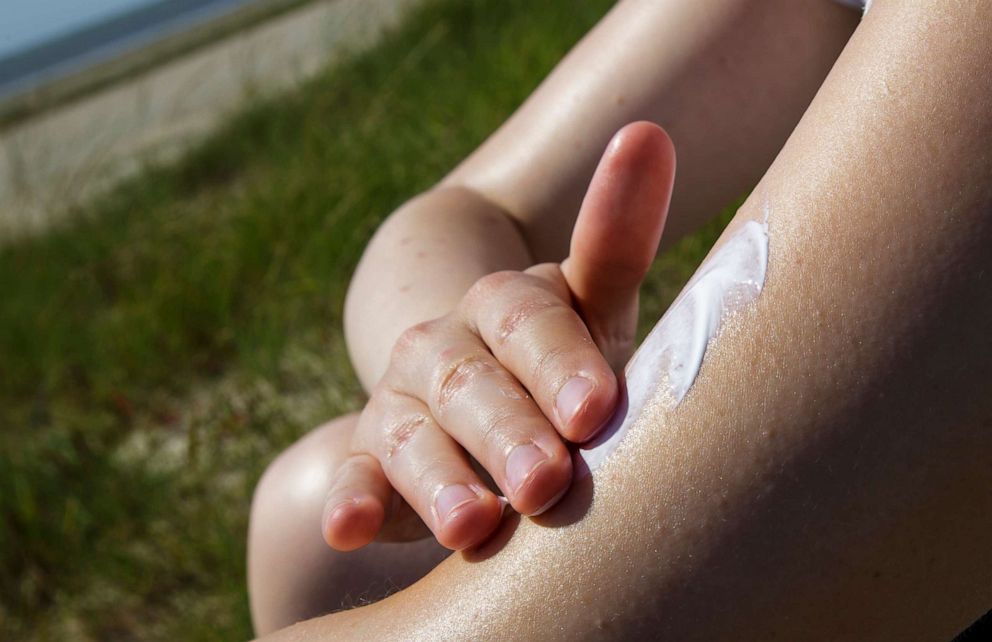02.08.2021
Sunscreen Pollution Proves Highly Toxic to Coral Reefs
Healthy coral reefs are one of the most valuable ecosystems on Earth. They provide billions of dollars in economic and environmental services, such as food, coastal protection, and tourism. However up to 20% of the world’s reef systems are at risk of elimination by the chemicals found in sunscreen products. Each year up 14,000 tons of sunscreen ends up in waters surrounding coral reefs. As well as oxybenzone, three other ingredients that are found in sunscreen are also proven to be lethal to coral. Moreover, these three other compounds, butylparaben, octinoxate, 4-methylbenzylidene camphor (4MBC), were shown to be destructive at very low concentrations: the equivalent to a single drop of water in 6 Olympic sized swimming pools. A 2019 study, published in the journal Archives of Environmental Contamination and Toxicology, found that oxybenzone (also known as BP-3) is "highly toxic to juvenile corals and other marine life," according to NOAA. As explained persistent oxybenzone concentrations in water can cause permanent DNA damage to coral, preventing its recovery from storms, sedimentation and climate change. "The reef just stays dead until it becomes a ruin," he said. NOAA, in an effort to reduce harm to marine life, recommends using mineral-based sunscreens – notably ones made from zinc oxide and titanium dioxide and without nanoparticles –to use Ultraviolet Protection Factor sunwear and seek shade between 10 a.m. and 2 p.m. Credit: Brut.
Poverty deprives people of adequate education, health care and of life's most basic necessities- safe living conditions (including clean air and clean drinking water) and an adequate food supply. The developed (industrialized) countries today account for roughly 20 percent of the world's population but control about 80 percent of the world's wealth.
Poverty and pollution seem to operate in a vicious cycle that, so far, has been hard to break. Even in the developed nations, the gap between the rich and the poor is evident in their respective social and environmental conditions.
Poverty and pollution seem to operate in a vicious cycle that, so far, has been hard to break. Even in the developed nations, the gap between the rich and the poor is evident in their respective social and environmental conditions.
